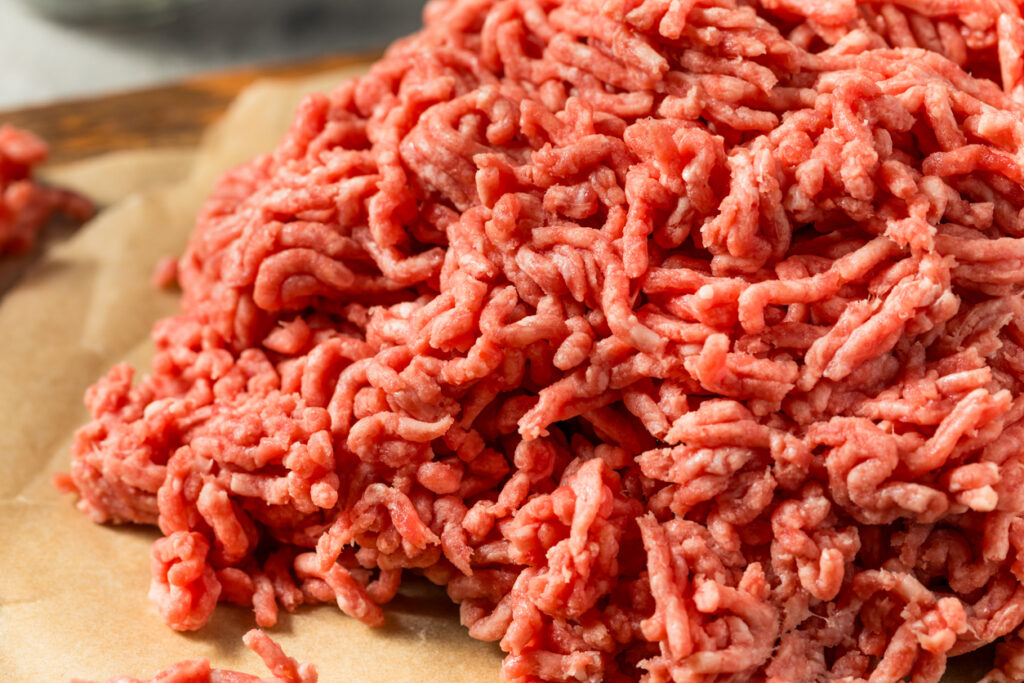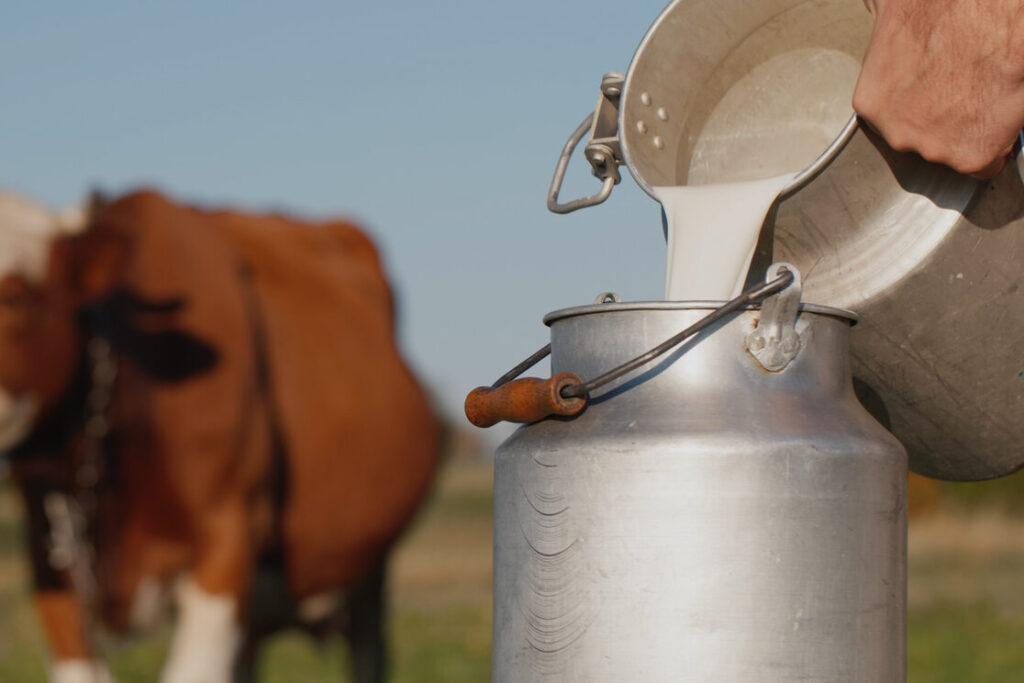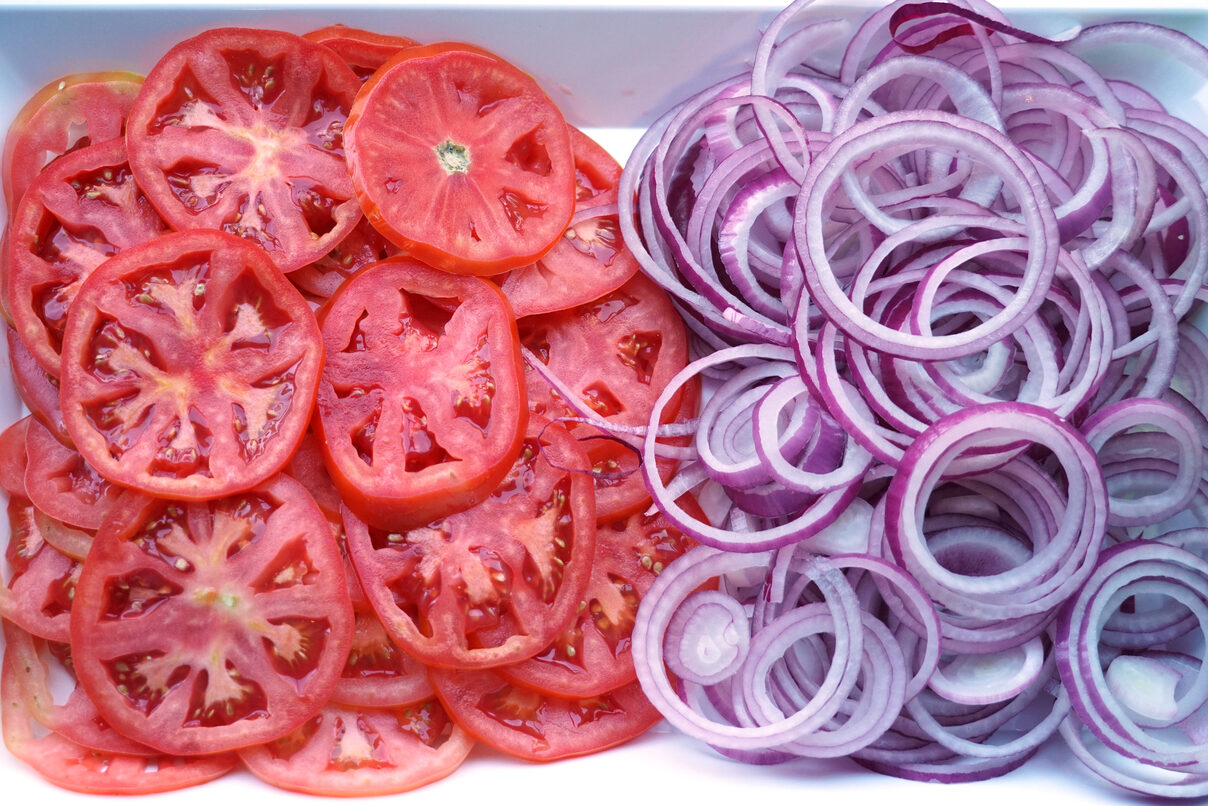1. Chicken

Chicken is one of the most common sources of foodborne illness in the U.S., largely because of Salmonella. This bacteria thrives in raw poultry and, if not cooked or handled properly, can cause serious outbreaks. In fact, chicken is linked to more outbreak-associated illnesses than any other food category, with more than 3,000 reported cases in tracked outbreaks. Unlike some bacteria, Salmonella can survive in raw juices that spread easily in kitchens, contaminating cutting boards, utensils, and other foods. While most healthy people recover after a tough illness, severe cases can lead to hospitalization or even death, making chicken one of the most scrutinized foods in food safety.
2. Leafy Greens, Especially Romaine Lettuce

Leafy greens like lettuce and spinach may seem harmless, but they’ve been tied to some of the most serious foodborne outbreaks in the U.S. E. coli is the main culprit, thriving in fields and irrigation water before making its way to packaged salads or grocery store shelves. One of the most infamous outbreaks happened in 2006, when Dole baby spinach contaminated with E. coli sickened 199 people across 26 states. Of those, 141 were hospitalized and three tragically died. Because leafy greens are often eaten raw, washing doesn’t always remove dangerous bacteria. With how frequently they appear on dinner tables, these outbreaks highlight just how risky fresh produce can be without proper safety checks.
3. Pre-cut Melons

Cantaloupe and pre-cut melons have been behind some of the deadliest foodborne outbreaks in recent history. In 2011, Jensen Farms cantaloupes carrying Listeria caused a nationwide crisis. Over 147 people in 28 states fell ill, 143 were hospitalized, and 33 died, the deadliest outbreak of its kind in decades. The tragedy highlighted how easily bacteria can spread when melons are sliced or stored improperly, as the flesh provides a perfect breeding ground. Because melons are often sold pre-cut in grocery stores or consumed raw, consumers have little protection once contamination occurs. Today, health experts still point to this outbreak as a wake-up call for better handling and oversight of fresh fruit.
4. Ground Beef

Ground beef has a notorious history with foodborne illness, especially when it comes to E. coli. The 1992–93 Jack in the Box outbreak remains one of the most significant in U.S. history, sickening 732 people, hospitalizing 178, and killing four children. The tragedy shocked the public and forced major reforms in food safety regulations, including stricter cooking standards and pathogen testing in meat plants. Ground beef poses a unique risk because bacteria on the surface of meat can be mixed throughout during grinding, meaning undercooked burgers can carry dangerous pathogens. While reforms have improved safety, ground beef remains a food that requires careful cooking and handling to avoid illness.
5. Deli Meats and Soft Cheeses

Cold cuts, hot dogs, and soft cheeses may look harmless in the fridge, but they are perfect hiding places for Listeria. This bacteria can grow in cold storage, unlike many other pathogens, which makes deli counters a risky spot. One of the most serious outbreaks happened in 1998–99, when contaminated deli meats and hot dogs sickened 108 people, killed 14 adults, and caused four miscarriages. Because these foods are often eaten without further cooking, Listeria can go straight from packaging to plate. Pregnant women, newborns, and older adults are especially vulnerable, which is why health experts recommend they avoid these foods or reheat them thoroughly before eating.
6. Raw Milk and Unpasteurized Dairy

While raw milk has gained a following among some consumers for its “natural” appeal, it remains one of the riskiest foods when it comes to foodborne illness. Without pasteurization, harmful bacteria like Salmonella, E. coli, and Listeria can thrive. A recent example came in 2023–24, when raw milk from California was tied to a Salmonella outbreak that sickened at least 159 people, hospitalized 22, and caused one death. These outbreaks aren’t rare, dozens of illnesses tied to unpasteurized dairy are reported every year. Pasteurization was developed for a reason, and without it, raw dairy continues to pose serious health risks, particularly to children and the elderly.
7. Raw Flour and Dough

Flour doesn’t look dangerous, but it can be a surprising source of foodborne illness. Because flour is made from raw grain that hasn’t been treated to kill bacteria, pathogens like E. coli can survive and spread through everything from cookie dough to cake mixes. In recent years, nationwide recalls have been issued after outbreaks sickened dozens of people who ate or even just tasted raw dough. The problem is that most people don’t realize flour needs to be cooked to be safe. Combined with the popularity of pre-made dough and baking kits, flour-related outbreaks have highlighted a food safety blind spot few saw coming.
8. Fresh Tomatoes and Onions

Fresh vegetables like tomatoes and onions have been linked to major Salmonella outbreaks that spread illness across the country. In 2008, raw tomatoes were suspected in a Salmonella Saintpaul outbreak that ultimately sickened over 1,300 people, although later investigations pointed to peppers as a possible source. More recently, in 2020, red onions caused a massive Salmonella outbreak that sickened over 1,600 people in the U.S. and Canada. These vegetables often slip through the cracks of food safety because they’re consumed raw in salads, sandwiches, and salsas, meaning cooking can’t eliminate bacteria. Their widespread use in everyday meals makes outbreaks especially difficult to contain.
9. Sprouts

Sprouts like alfalfa and bean sprouts are repeatedly tied to outbreaks because their growing conditions are perfect for bacteria. Warm, humid environments encourage pathogens like Salmonella and Listeria to multiply rapidly, and because sprouts are eaten raw, contamination can’t be cooked away. Over the years, multiple outbreaks have been traced back to sprouts, sickening hundreds across the U.S. In some cases, even thorough washing doesn’t make them safe, since bacteria can grow inside the sprout itself. While sprouts are marketed as a healthy topping for sandwiches or salads, food safety experts often warn that they pose a higher risk than most other vegetables.
10. Pork Products

Pork may be a staple on dinner tables, but it has been linked to thousands of foodborne illnesses. According to CDC data, pork products have caused more than 2,600 outbreak-related illnesses, often tied to Salmonella and Yersinia infections. One notable outbreak in 2015 linked contaminated pork to over 190 illnesses across several states, highlighting how easily pathogens can spread through widely distributed meat. Pork can be especially tricky because harmful bacteria may not only survive on the surface but also within cuts, making proper cooking essential. Undercooked pork dishes, as well as cross-contamination in kitchens, are the biggest culprits, reminding consumers that even familiar meats can carry serious risks if not handled carefully.
This story 10 Foods Behind America’s Deadliest Foodborne Outbreaks was first published on Daily FETCH


